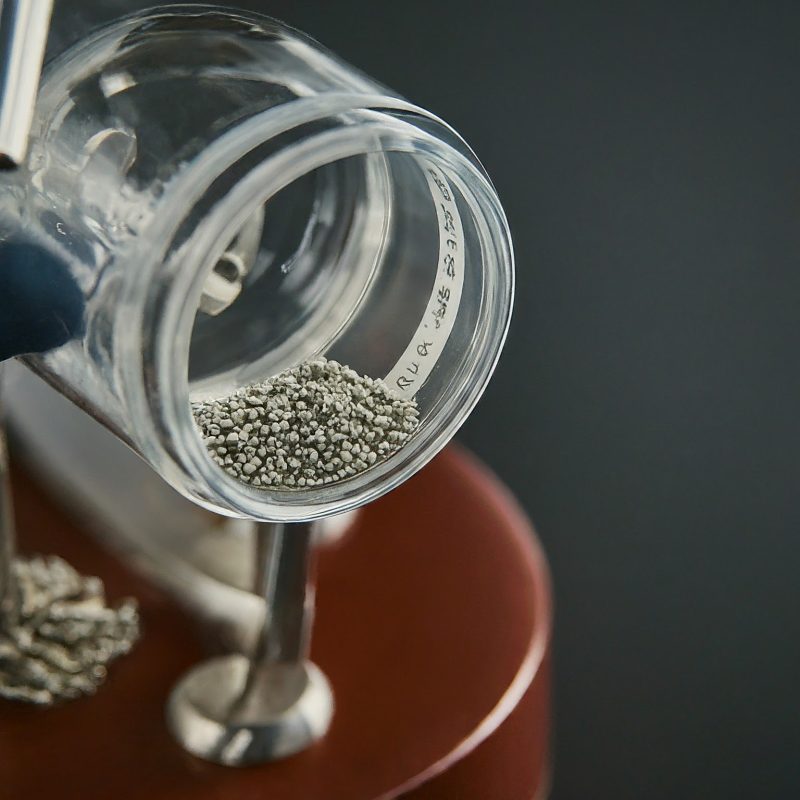Germany, a bastion of engineering excellence, has a rich history in the development of advanced manufacturing equipment. Within this landscape, German laboratory ball mill manufacturers stand as exemplars of precision, reliability, and innovation. This article delves into the characteristics that distinguish these machines and the engineering philosophies underpinning their design.

The German Engineering Ethos
German engineering is synonymous with quality, precision, and durability. These attributes are profoundly embedded in the design and manufacturing of laboratory ball mills. A relentless pursuit of perfection drives German manufacturers to produce equipment that is not merely functional but also a testament to engineering artistry.
Core Components and Design Philosophy
A German-engineered laboratory ball mill typically comprises:
Grinding Chamber: Often constructed from stainless steel or glass, the chamber is designed to withstand rigorous grinding conditions while providing optimal visibility. German manufacturers prioritize chamber geometry to optimize material flow and grinding efficiency.
Grinding Media: Carefully selected ceramic or steel balls, often characterized by high purity and uniformity, are employed. The size and quantity of these media significantly influence the grinding process. 
Drive System: Advanced drive systems, incorporating features like variable speed control and torque monitoring, ensure precise and efficient operation.
Bearing System: High-precision bearings, engineered to withstand the loads and vibrations inherent in ball milling, contribute to the machine's longevity and performance.
Sealing System: Robust and reliable seals are essential to prevent contamination and material loss. German manufacturers invest heavily in seal technology to ensure optimal performance.Manufacturing Precision and Quality Control
German manufacturers adhere to stringent quality control standards throughout the production process. This includes:
Material Selection: Sourcing high-quality materials for all components, from the grinding chamber to the smallest fasteners.
Machining Accuracy: Employing advanced machining techniques to ensure precise dimensions and tolerances.
Assembly and Testing: Rigorous assembly processes and comprehensive testing to verify performance and reliability.
Certification and Compliance: Adherence to international quality and safety standards.Integration of Advanced Technologies
German laboratory ball mill manufacturers are at the forefront of technological integration. This includes:
Intelligent Control Systems: Advanced control systems enable precise monitoring and adjustment of operating parameters.
Sensor Integration: Real-time monitoring of vibration, temperature, and power consumption to optimize performance and prevent equipment failures.
Data Acquisition and Analysis: Systems for collecting and analyzing process data to improve product quality and efficiency.A Focus on User Experience
German manufacturers prioritize user experience in the design of their laboratory ball mills. This is evident in:
Ergonomic Design: Equipment that is comfortable and easy to operate.
Intuitive Controls: User-friendly interfaces for seamless operation.
Safety Features: Comprehensive safety features to protect operators.
Comprehensive Documentation: Detailed user manuals and troubleshooting guides.Conclusion: A Benchmark for Excellence
German laboratory ball mills represent the pinnacle of engineering excellence in the field of materials processing. Their combination of precision, reliability, and user-centric design has established a global benchmark for the industry. By understanding the core principles behind these machines and the technological advancements driving their development, researchers and engineers can make informed decisions when selecting equipment for their laboratories.
Would you like to delve deeper into specific applications of German laboratory ball mills or explore the role of materials science in their design?
